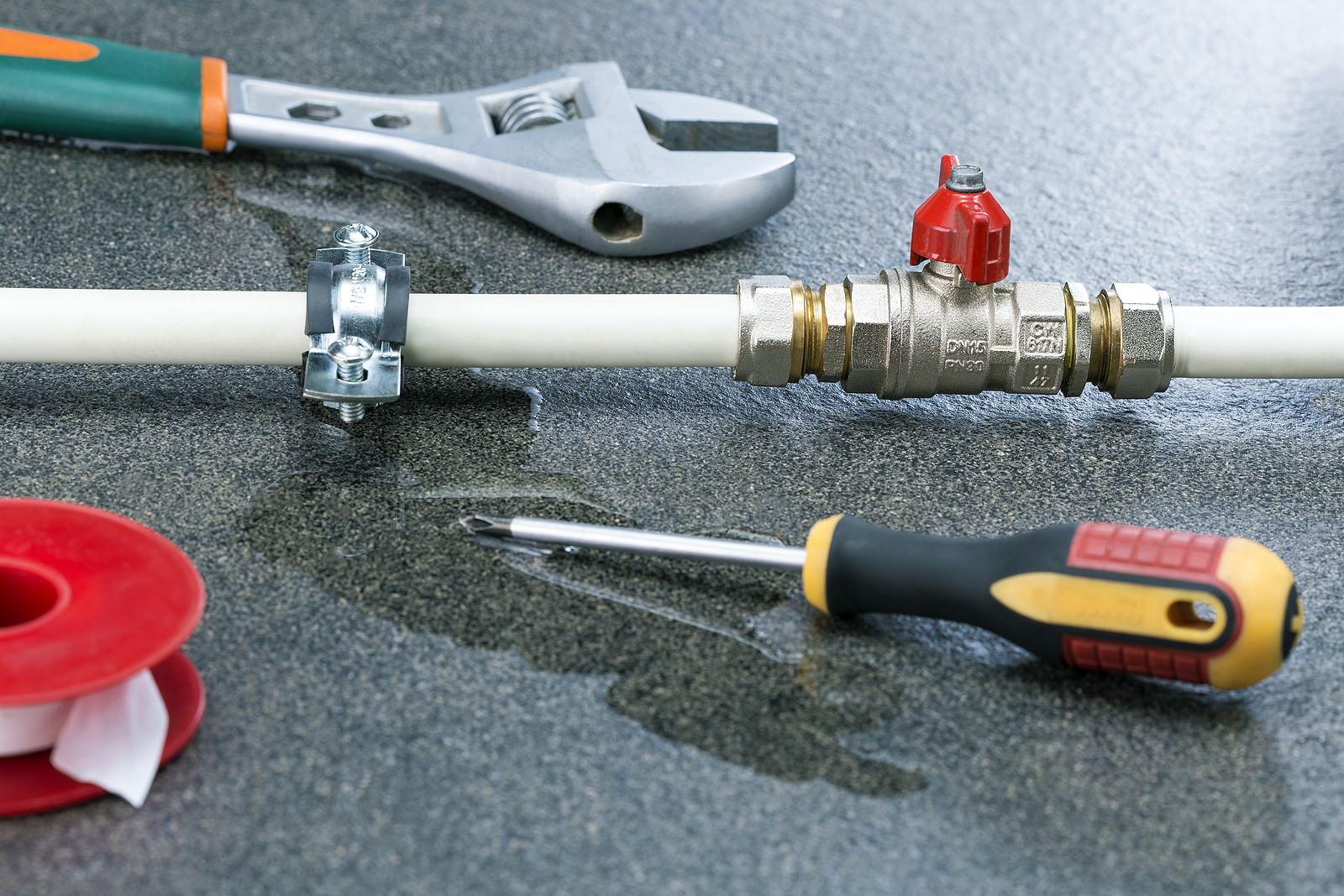Exactly how to Locate and Fixing Water Leaks-- A Comprehensive Guide
Exactly how to Locate and Fixing Water Leaks-- A Comprehensive Guide
Blog Article
What're your opinions on Leaking water lines?

Early discovery of leaking water lines can alleviate a potential disaster. In addition to saving you money, it will reduce the worry and aggravation. The moment you locate a leak, calling your plumber for fixings is the very best service. Nevertheless, some tiny water leakages may not show up. If you can not identify it with your nude eyes, here are some hacks that help.
1. Examine the Water Meter
Every residence has a water meter. Checking it is a guaranteed manner in which helps you discover leaks. For starters, turn off all the water sources. Make certain no one will certainly purge, utilize the tap, shower, run the washing maker or dish washer. From there, most likely to the meter and also watch if it will transform. Because no one is utilizing it, there should be no movements. That suggests a fast-moving leakage if it moves. Likewise, if you spot no changes, wait an hour or 2 and inspect back once again. This indicates you might have a slow leak that might even be underground.
2. Inspect Water Consumption
Assess your water expenses and track your water intake. As the one paying it, you need to see if there are any type of inconsistencies. If you spot sudden changes, regardless of your usage coinciding, it implies that you have leaks in your plumbing system. Bear in mind, your water expense should drop under the exact same array each month. An unexpected spike in your bill shows a fast-moving leak.
At the same time, a consistent increase each month, even with the very same practices, reveals you have a slow leakage that's also gradually rising. Call a plumber to completely inspect your property, specifically if you feel a warm location on your flooring with piping below.
3. Do a Food Coloring Examination
When it comes to water usage, 30% comes from toilets. If the color somehow infiltrates your dish during that time without flushing, there's a leakage between the storage tank and also dish.
4. Asses Outside Lines
Do not forget to check your outdoor water lines too. Test spigots by connecting a garden hose pipe. Must water leak out of the connection, you have a loose rubber gasket. Replace this and make sure all connections are tight. It will certainly help obtain it skillfully examined and also kept every year if you have actually got a sprinkler system. One little leakage can lose tons of water as well as spike your water bill.
5. Check as well as Analyze the Scenario
Home owners ought to make it a practice to examine under the sink counters as well as even inside closets for any type of bad odor or mold development. These two warnings indicate a leak so punctual interest is required. Doing regular assessments, even bi-annually, can conserve you from a major problem.
If you recognize your house is currently old, maintain a careful eye on your heating units, tubes, pipelines etc. Look for discolorations and also deteriorating as many home appliances and pipes have a life span. They will likewise naturally wear away due to tear and use. If you suspect dripping water lines in your plumbing system, do not wait for it to intensify. Call a specialist plumber today so you don't wind up with a terrible mess in your house.
Early detection of dripping water lines can alleviate a possible disaster. Some small water leaks might not be noticeable. Examining it is a surefire way that assists you find leakages. One tiny leak can squander bunches of water and also spike your water bill.
If you think leaking water lines in your plumbing system, don't wait for it to intensify.
WARNING SIGNS OF WATER LEAKAGE BEHIND THE WALL
PERSISTENT MUSTY ODORS
As water slowly drips from a leaky pipe inside the wall, flooring and sheetrock stay damp and develop an odor similar to wet cardboard. It generates a musty smell that can help you find hidden leaks.
MOLD IN UNUSUAL AREAS
Mold usually grows in wet areas like kitchens, baths and laundry rooms. If you spot the stuff on walls or baseboards in other rooms of the house, it’s a good indicator of undetected water leaks.
STAINS THAT GROW
When mold thrives around a leaky pipe, it sometimes takes hold on the inside surface of the affected wall. A growing stain on otherwise clean sheetrock is often your sign of a hidden plumbing problem.
PEELING OR BUBBLING WALLPAPER / PAINT
This clue is easy to miss in rooms that don’t get much use. When you see wallpaper separating along seams or paint bubbling or flaking off the wall, blame sheetrock that stays wet because of an undetected leak.
BUCKLED CEILINGS AND STAINED FLOORS
If ceilings or floors in bathrooms, kitchens or laundry areas develop structural problems, don’t rule out constant damp inside the walls. Wet sheetrock can affect adjacent framing, flooring and ceilings.
https://www.servicemasterbyzaba.com/blog/how-to-detect-water-leakage-in-walls/

I stumbled upon that blog entry about Detecting hidden plumbing leaks when browsing on the internet. Sharing is nice. Helping others is fun. I praise you for your time. Come back soon.
Report this page